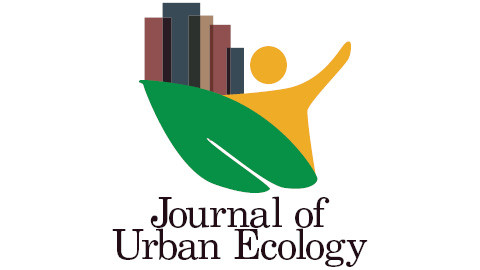Sustainable development goals and the European Cohesion Policy: an application to the autonomous Region of Sardinia

16.12.2021
Laura Cavalli (Fondazione Eni Enrico Mattei); Sandro Sanna (Regione Autonoma della Sardegna); Mia Alibegovic (Fondazione Eni Enrico Mattei); Filippo Arras (Regione Autonoma della Sardegna); Gianluca Cocco (Regione Autonoma della Sardegna); Luca Farnia (Fondazione Eni Enrico Mattei); Emanuela Manca (Regione Autonoma della Sardegna); Luisa F. Mulas (Regione Autonoma della Sardegna); Marco Onnis (Regione Autonoma della Sardegna); Sandro Ortu (Regione Autonoma della Sardegna); Ilenia G. Romani (Fondazione Eni Enrico Mattei); Marta Testa (Regione Autonoma della Sardegna)
Journal of Urban Ecology, Volume 7, Issue 1, 2021
Paramount to the implementation of the 2030 Agenda and the effective tackling of the 17 sustainable development goals (SDGs) is the cooperation and coordination of the different levels of government—i.e. the supranational, national and local levels. This is due to the very nature of the SDGs, which are multi-dimensional and intended to guide and boost sustainable development at multiple scales. The European Union (EU) demonstrated a full commitment to the Agenda, making sustainable development a top priority. In fact, the five strategic objectives of the EU are modelled on the principles of the 2030 Agenda and the Cohesion Policy, EU’s most transversal policy, is designed to give a direct contribution to the tackling of the 17 SDGs. Introducing a new methodology to evaluate the sustainability of operational programmes co-financed by the EU, the following paper aims to contribute to the building literature around the question of monitoring public investments regarding sustainability criteria. By matching the 169 targets of the 2030 Agenda with the 143 intervention fields of the Cohesion Policy, with specific reference to Sardinia’s European Regional Development Fund and European Social Fund 2014–2020 Regional Operational Programmes, the present work introduces the key features of the model developed and its first results. The model could be of valuable support to policymakers who now have an innovative tool to monitor investments’ coherence with the sustainability standards of the 2030 Agenda.
